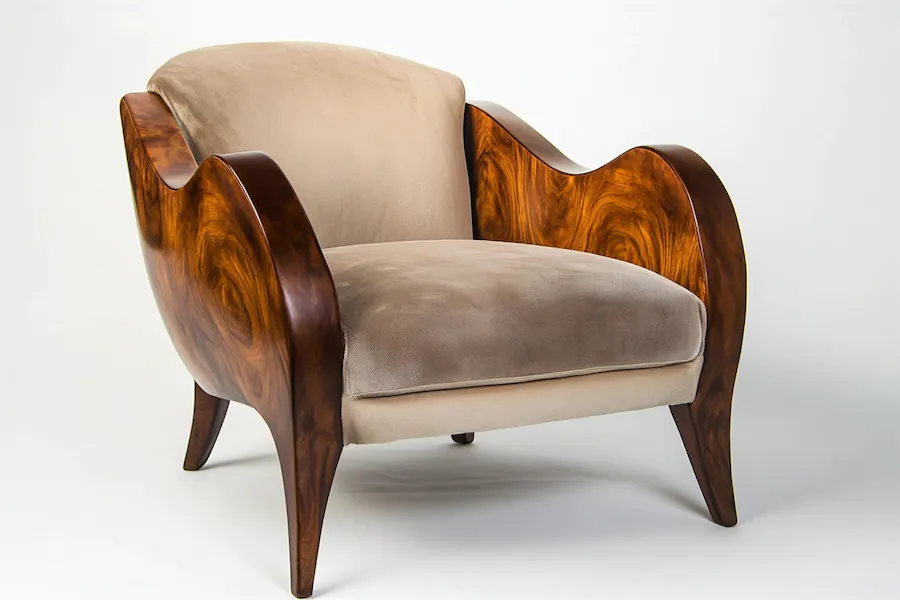A low back chair is a seating option characterized by a backrest that supports the lower to mid-back region, typically ending below the shoulder blades. This design promotes mobility and is often chosen for its sleek, minimalist aesthetic.
History and Origins of Low Back Chairs
The evolution of low back chairs is intertwined with the broader history of chair design, reflecting shifts in materials, technology, and aesthetics:
- Ancient Greece: The klismos chair, renowned for its elegant curves and low backrest, exemplifies early low back chair design. Its form has influenced chair designs throughout history.
- 18th Century: The Windsor chair, with its distinctive spindle back and variations in backrest height, became popular in Britain and America. The low back Windsor chair was particularly favored for its practicality and comfort.
- Mid-20th Century: Designers like Charles and Ray Eames introduced innovative low back chairs, such as the Eames Lounge Chair Wood (LCW), which combined modern materials with ergonomic considerations.
Key Features of Low Back Chairs
- Backrest Height: Supports the lower to mid-back, allowing for greater upper body mobility.
- Design Aesthetics: Often feature minimalist and sleek designs, making them suitable for various interior styles.
- Materials: Constructed from a range of materials, including wood, metal, and upholstery, depending on the intended use and design preference.
- Portability: Generally lighter and easier to move compared to high back chairs, enhancing their versatility.
Applications of Low Back Chairs
- Office Environments: Low back chairs are commonly used in office settings, particularly for tasks that require frequent movement and flexibility. They support the lower back while allowing for a greater range of motion.
- Dining Areas: Their unobtrusive design makes them ideal for dining rooms, where they provide comfort without overwhelming the space.
- Accent Seating: Used as accent pieces in living rooms or bedrooms, low back chairs can add a touch of style and function without dominating the décor.
Considerations When Choosing a Low Back Chair
- Ergonomics: Ensure the chair provides adequate lumbar support to maintain proper posture, especially if it will be used for extended periods.
- Intended Use: Consider the primary function—whether for dining, office work, or occasional seating—to select a chair that meets specific needs.
- Aesthetic Compatibility: Choose a design that complements the existing décor and overall style of the space.
- Material and Durability: Select materials that are appropriate for the chair’s intended use and that offer longevity and ease of maintenance.
Conclusion
Low back chairs blend functionality with minimalist design, making them a versatile choice for various settings. From their historical origins to contemporary applications, they continue to offer practical seating solutions that cater to both comfort and aesthetic preferences.
